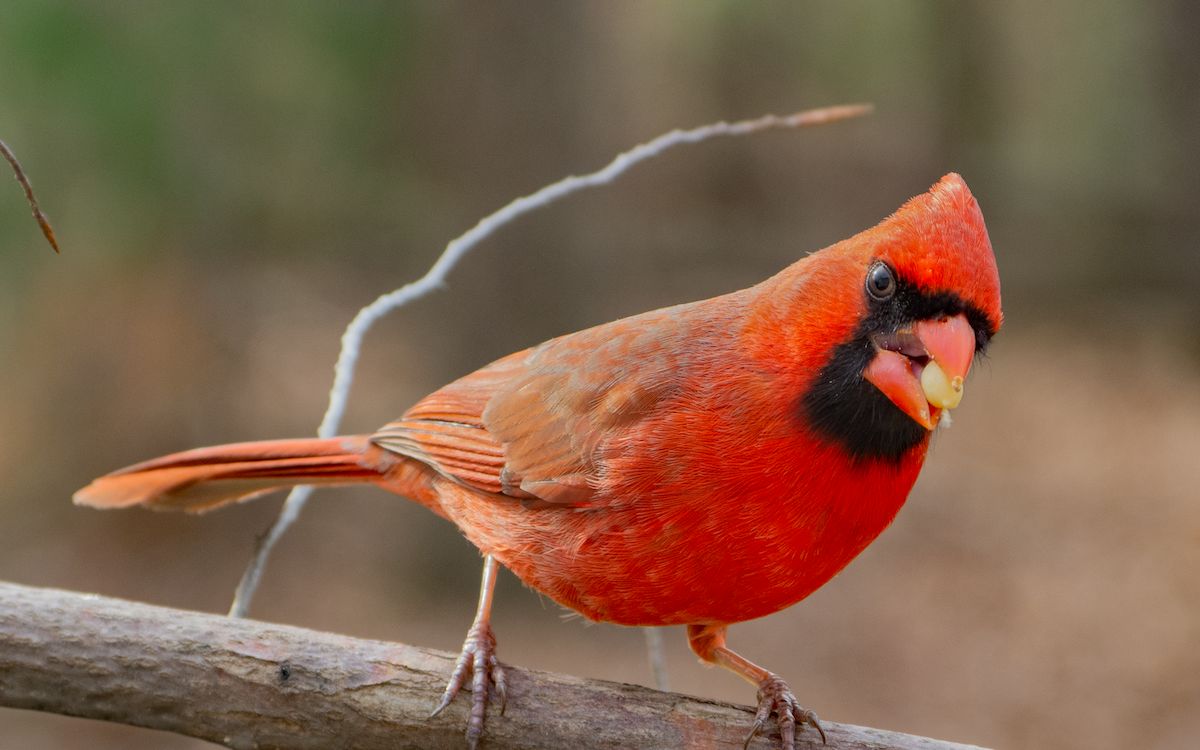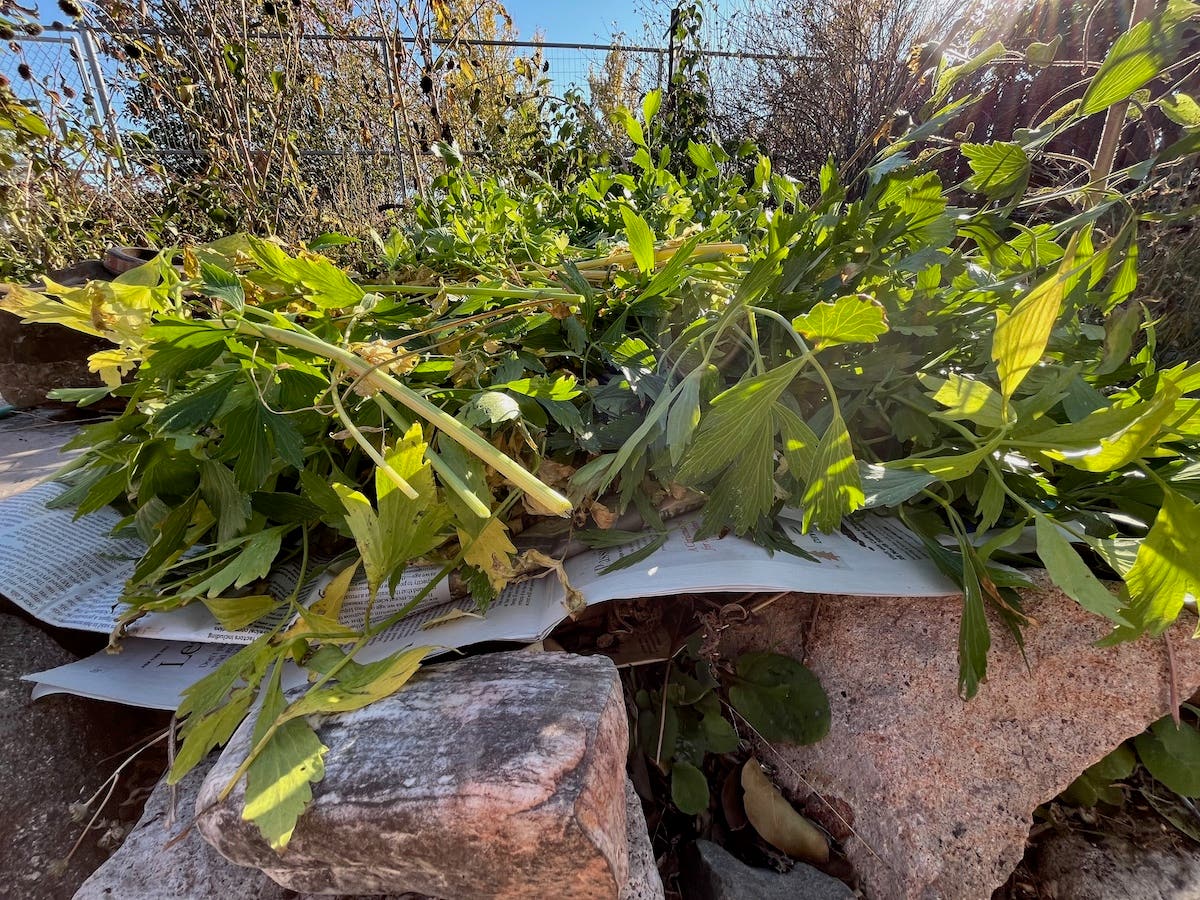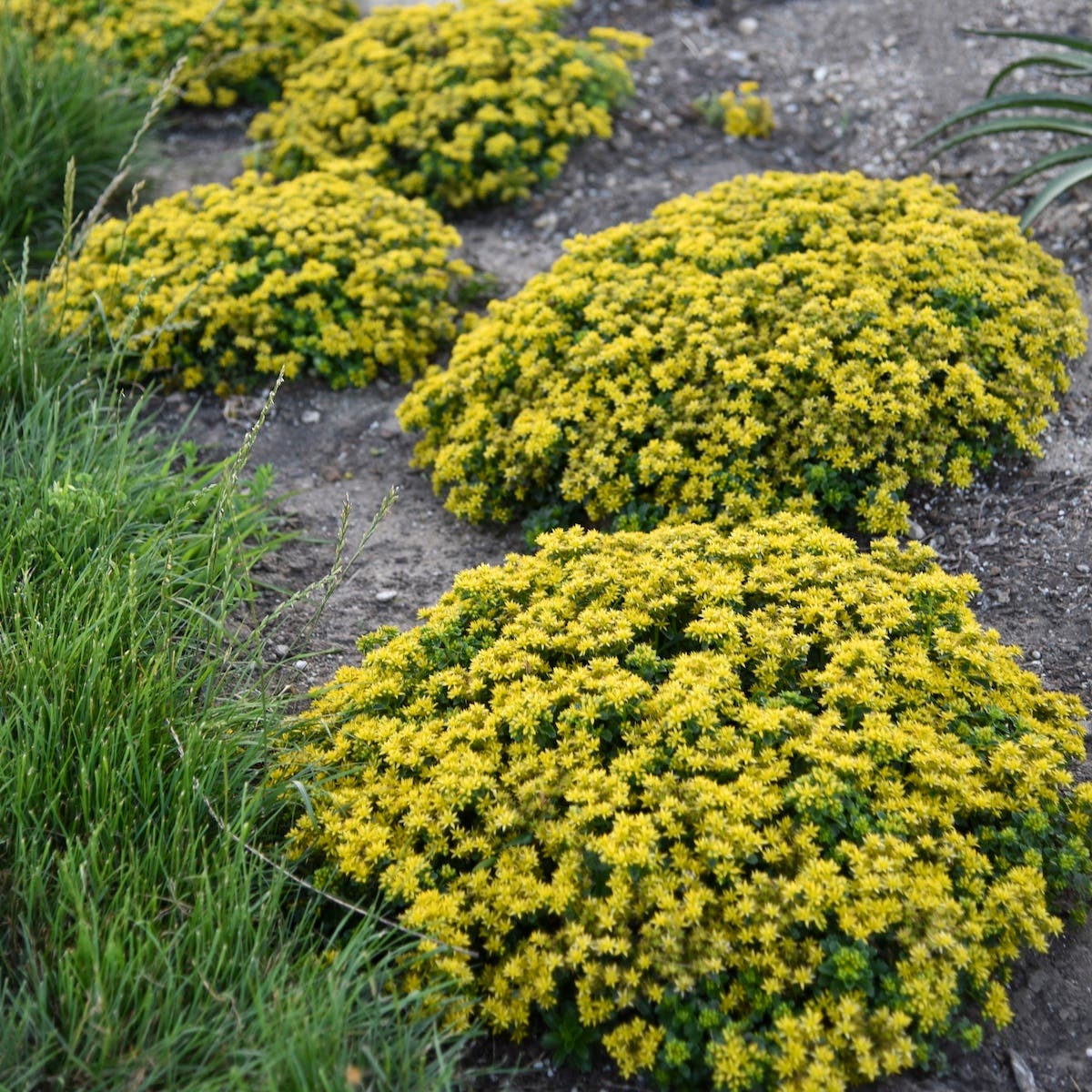All About Deadheading Flowers
Review the benefits of deadheading and be sure you’re using the right strategy for each particular type of flower.
Two reasons to deadhead flowers
Deadheading is simply removing spent flowers before they have a chance to go to seed. There are two main reasons to deadhead:
1. To prolong the overall bloom period of the plant.
By removing spent flowerheads, you make the plant use its energy to create more flowers, instead of seeds. Not all plants will rebloom if deadheaded, however. Those that don't will put their extra energy into forming foliage, though, so they do benefit from it, and look neater overall.
2. To prevent plants that self-sow from spreading (if you do not wish them to).
If plants like foxgloves, columbines, salvia and catmint aren't given the chance to form seeds, they can't throw them all over your garden.
How to deadhead based on the flower type
Flowers come in different structures, which require different clipping strategies. Here are the four major flower structures and how to deadhead them:
- Single flowers, one per stem, such as zinnias.
Pinch off the flower with your fingers or a pair of scissors, down to the next set of leaves. - Spiky flowers, where many small flowers appear along the sides of a tall stem, such as salvia, foxgloves and lupine.
Clip off the entire stalk just above the next pair of leaves. (You may already see new side buds forming there, depending on the type of plant.) Do this when the bottom individual flowers have faded, even if the flowers at the top still look good. The bottom flowers may already be forming seeds. Alternatively, you'll have to pinch the individual flowers from the bottom up over several days, then clip the stalk off once they're all done. - Clusters of flowers, such as some roses.
Carefully clip off the individual flowers as they begin to die. This way energy will be channeled into the other flowers and new buds in the cluster. If the clusters appears on a tall stem, such as in daylilies, hostas and heucheras, cut the stem off at the base of the plant once flowering is completely finished. - Lots of blooms that cover a plant.
In some cases deadheading can be done easily by shearing off all the flowering stems in one pass, back to the top of the foliage. This works with plants that tend to flower all at once in a mass of stems, such as lavender, 'Moonbeam' coreopsis and asters.
When to stop deadheading flowers
With plants that rebloom, deadheading can be a summer-long saga. Toward the end of the season you may choose to stop deadheading and allow the plant to set seed, particularly if its seeds or fruits are decorative (such as the hips of roses), its seeds support birds and other wildlife (such as coreopsis and coneflowers) or you do want the plant to self-sow.
Related Articles:
Perennials and Grasses that Support Wildlife
Quick Tips for Container Garden Care
Wildlife & Pollinator Garden Plans







